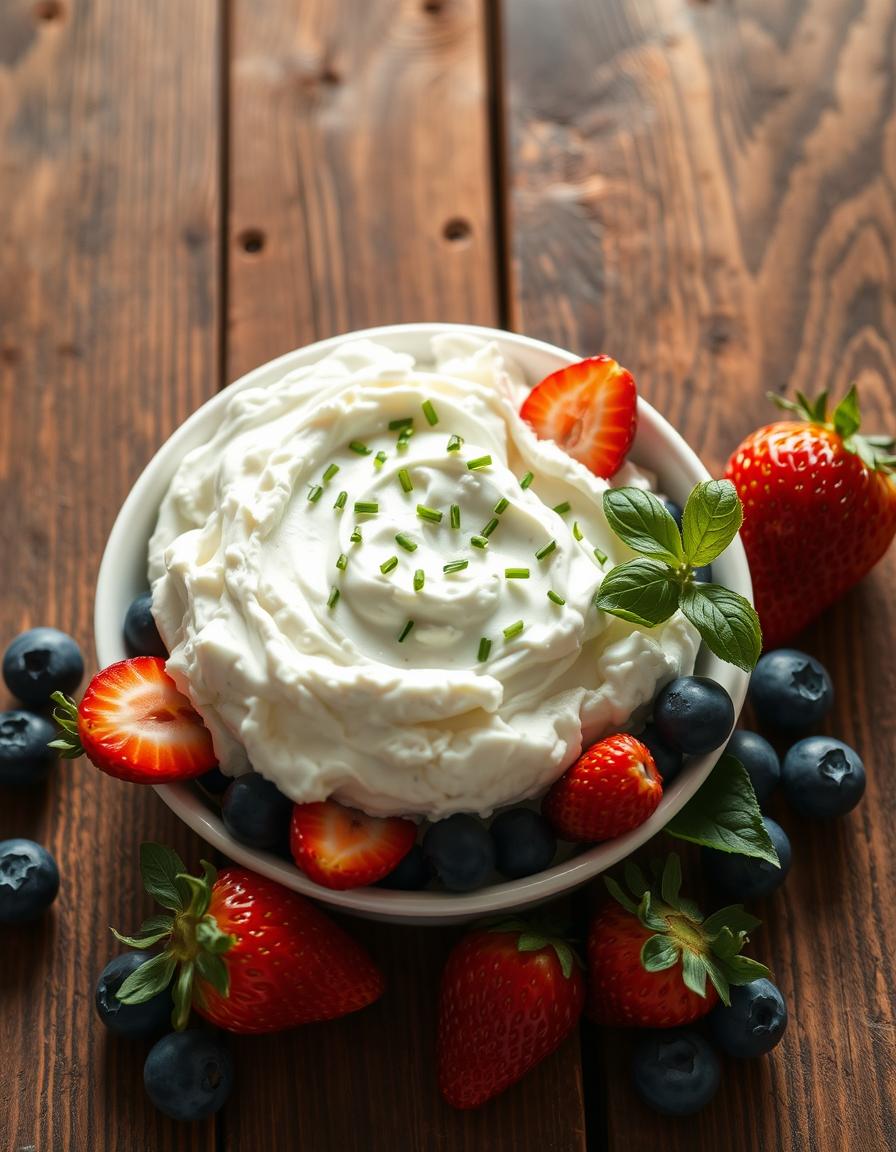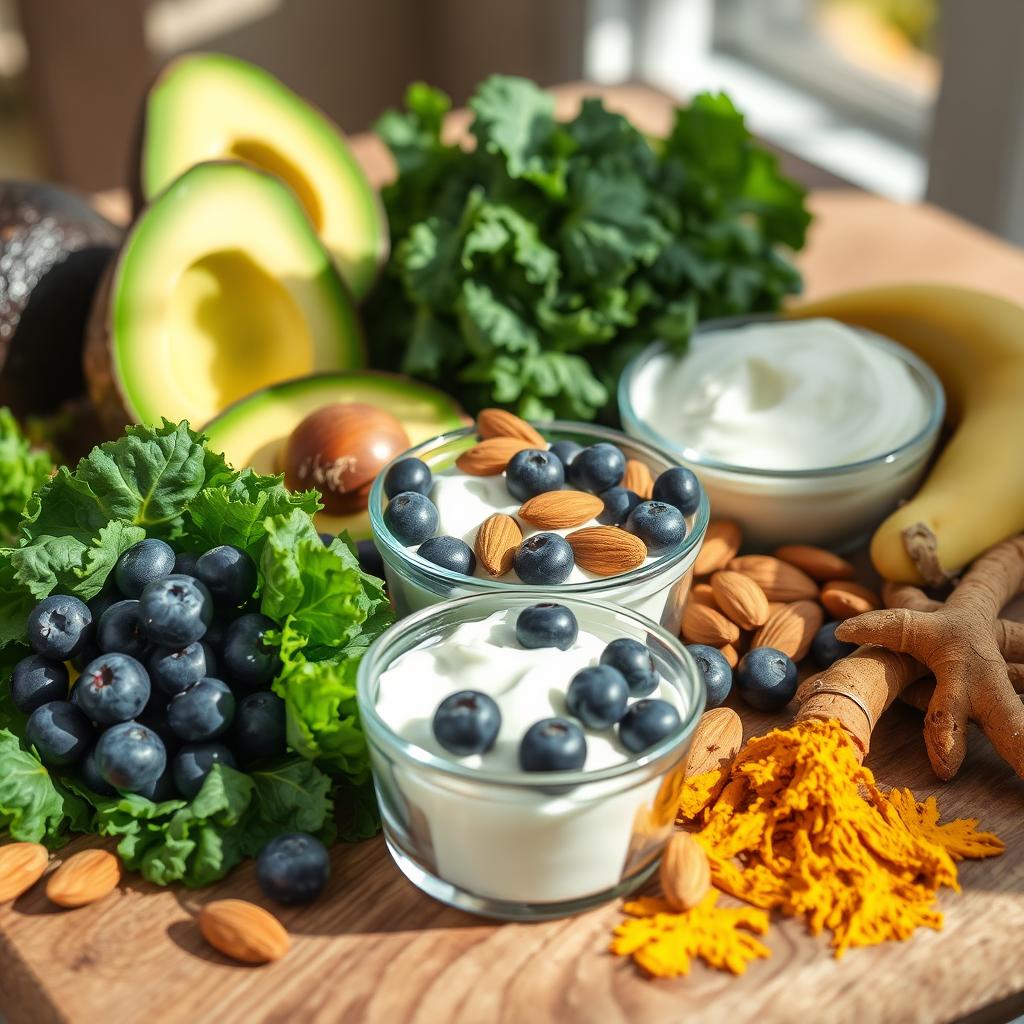Cottage cheese is a popular dairy choice for people aiming to maintain a healthy lifestyle without giving up on taste or nutrition. Among its various types, low fat cottage cheese stands out as a favorite for those who want to enjoy the creamy texture and mild flavor while keeping an eye on calories and fat intake. Understanding the calories in low fat cottage cheese and its nutrition facts can help you decide how to include it in your diet effectively.
What is Low Fat Cottage Cheese?
Cottage cheese is made from curds of milk, which are drained but not pressed, making it softer than many other cheeses. Low fat cottage cheese is simply the version made with reduced-fat milk, usually containing about 1-2% fat compared to regular cottage cheese, which can have up to 4% fat or more. This reduction in fat helps cut calories while keeping the protein and calcium content high.
People love low fat cottage cheese because it offers a creamy and satisfying option without the heaviness or extra calories found in full-fat varieties. Whether you eat it plain, mix it with fruit, or add it to a recipe, it’s a versatile ingredient that fits many diets.
Calories in Low Fat Cottage Cheese: What to Expect
If you’re wondering about the calories in low fat cottage cheese, here’s a simple breakdown. A typical serving size is 1/2 cup (about 113 grams), and it contains roughly 80 to 90 calories. This makes it a light snack or a great addition to meals without loading up on calories.
To put it in perspective, regular full-fat cottage cheese can have around 110 to 120 calories per half-cup serving. So by choosing low fat options, you save about 20 to 30 calories each time, which adds up over days and weeks.
| Type of Cottage Cheese | Serving Size | Calories | Fat (g) | Protein (g) |
|---|---|---|---|---|
| Low Fat (1-2% fat) | 1/2 cup (113 g) | 80-90 | 1-2 | 12-14 |
| Regular (4% fat) | 1/2 cup (113 g) | 110-120 | 4-5 | 12-14 |
Nutrition Facts and Benefits
Low fat cottage cheese is packed with nutrients beyond just being low in calories. Here’s why it’s often a favorite for health-conscious folks:
- High Protein Content: With about 12-14 grams of protein per half-cup, it’s fantastic for muscle repair and keeping you full.
- Low in Carbs: It usually has about 3-4 grams of carbohydrates, making it suitable for low-carb diets.
- Calcium Rich: Cottage cheese provides a good portion of your daily calcium needs, supporting strong bones and teeth.
- Low Fat: By choosing low fat options, you cut down on saturated fats while still enjoying creamy goodness.
- Vitamins and Minerals: It contains vitamins like B12 and minerals like phosphorus, which help energy production and bone health.
In other words, low fat cottage cheese is a nutrient-dense food that fits well with many eating styles, from weight loss plans to muscle-building diets.
How Does It Compare to Other Dairy?
If you’re swapping out milk or yogurt, here’s a quick glance at how calories and nutrition compare per half-cup serving:
| Dairy Product | Calories | Protein (g) | Fat (g) | Carbs (g) |
|---|---|---|---|---|
| Low Fat Cottage Cheese | 80-90 | 12-14 | 1-2 | 3-4 |
| Low Fat Greek Yogurt | 60-80 | 10-12 | 0-1 | 4-6 |
| Skim Milk | 40-50 | 4-5 | 0 | 5-6 |
As you can see, low fat cottage cheese usually has more protein than skim milk or Greek yogurt, making it a solid choice if you want to feel satisfied longer.
Ways to Enjoy Low Fat Cottage Cheese
One of the best things about low fat cottage cheese is how flexible it is in the kitchen. Here are some popular ways to enjoy it:
- Simple Snack: Eat it plain or with a sprinkle of black pepper or herbs.
- With Fruits: Add sliced peaches, pineapple, or berries for a sweet and healthy treat.
- Savory Pairings: Mix in diced cucumber, tomatoes, or avocado for a fresh-tasting salad.
- Smoothies: Blend it into smoothies for extra creaminess and protein.
- Baking: Use it in recipes like pancakes or muffins to add moisture and protein.
Because it’s mild and slightly tangy, low fat cottage cheese pairs well with a variety of flavors. It can even replace sour cream or mayonnaise in some dishes to reduce calories and fat.
Keep in Mind
While low fat cottage cheese is a healthful choice, it’s important to check the sodium content. Some brands add more salt to enhance flavor, which can add up if you eat it often. Look for low sodium versions if you want to keep your salt intake in check.
Also, always pay attention to serving sizes. It’s easy to eat more than half a cup in one sitting, which means more calories than you might expect.
How Low Fat Cottage Cheese Fits Into Your Diet
Whether you’re watching your weight, building muscle, or simply looking for a tasty snack, low fat cottage cheese can be a great ally. Here’s why it fits well in many eating habits:
- Weight Management: Its high protein content helps you feel full, which can reduce overeating.
- Muscle Recovery: Protein is essential after workouts to repair muscle tissues.
- Bone Health: Calcium and phosphorus support strong bones, especially when combined with regular exercise.
- Quick and Easy: You don’t need to cook it — just open the container and enjoy.
If you’re curious about unique health hacks and ways to make nutritious foods work better for you, a little research can go a long way. For example, insights from experts like gary brecka can offer fresh ideas to maximize everyday foods.
Conclusion
Low fat cottage cheese is a delicious and nutritious option that offers a wholesome boost of protein and calcium without packing in too many calories. The calories in low fat cottage cheese stay moderate at about 80 to 90 per half-cup, making it a smart choice for snacks or meal additions. Its versatility means you can enjoy it sweet, savory, or mixed into recipes.
When selecting cottage cheese, watch out for added sodium and keep portions reasonable. Incorporating this dairy product into your diet can help support weight control, muscle health, and bone strength with minimal fuss. So next time you want a quick, creamy bite that won’t weigh you down, reach for low fat cottage cheese.





